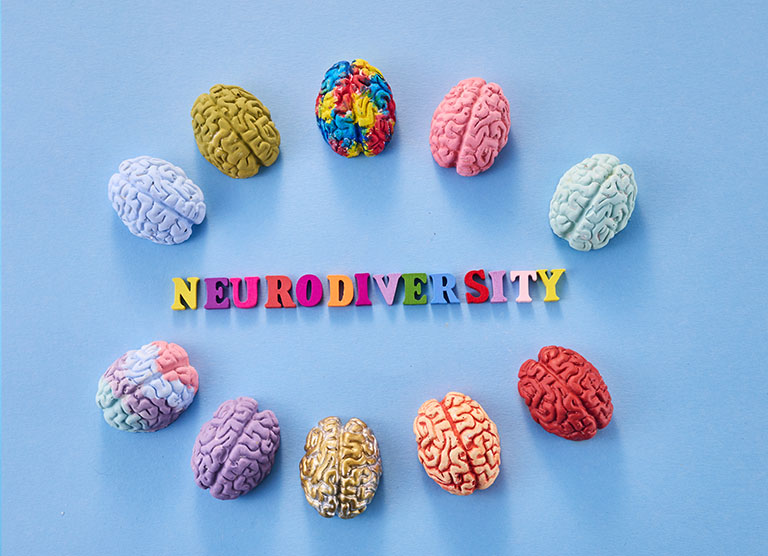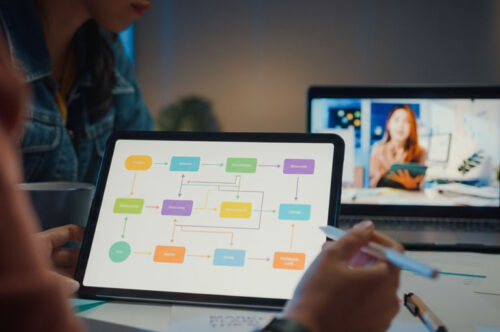Diversity is about recognising and valuing differences in people so that we can be more inclusive. We often link diversity to differences in ethnic, racial and cultural identities. But diversity takes many forms, including neurodiversity. In the first of our blog series on designing eLearning for neurodiversity, we’ll explore what neurodiversity is and how it can be an asset for your organisation.
What is neurodiversity?
Neurodiversity involves thinking and processing information in ways that are different to neurotypical people. It might present in people with Autism Spectrum Disorder (ASD), Attention Deficit Hyperactivity Disorder (ADHD), dyslexia and dyspraxia.
Neurodiversity as a competitive advantage
Embracing neurodiversity in the workplace can be advantageous. Thinking differently can be a strength and comes with its own set of superpowers. For example, neurodivergent people can often be:
- Extremely knowledgeable in a particular subject area
- Creative and original thinkers
- Passionate about fairness and justice
- Highly skilled or specialised
- Hard-working with strong attention to detail
- Someone with a fresh perspective
Organisations can benefit from different ways of thinking and the other skills that neurodivergent people bring. Some neurodivergent people might excel in roles that are highly specialised or that require detailed pattern-recognition and problem-solving, for example, computer programming, accounting or quality control. Other neurodivergent people might excel at being creative and can offer your organisation innovative ideas or a new way of solving problems.
By drawing on people’s unique strengths and talents, you can increase productivity, improve efficiency, reduce turnover and build a positive workplace culture where everyone feels valued. Welcoming neurodiverse people into the workforce helps everyone better understand and appreciate the benefits of neurodiversity.
It’s also important to be aware of the challenges sometimes faced by neurodivergent people, which can include:
- Finding social interactions challenging
- Being highly sensitive to sensory information, such as sounds, lights and textures
- Having difficulty staying focused
- Finding time management, prioritising and organisation challenging
- Difficulties with reading and writing
Sometimes accommodations will need to be made for your neurodiverse colleagues, such as flexible work hours, personalised communication methods or a quiet workspace. Learning and development within an organisation should design for neurodiverse individuals to achieve the best outcomes. So, in the next part of this blog series, we will look at some general tips for designing eLearning for neurodiversity. After that, we’ll look specifically at eLearning design for people with dyslexia, ADHD, ASD and dyspraxia.
Remember, everyone is different. It is through these differences that an organisation can benefit from the wide variety of talents, strengths and viewpoints that everyone brings.
This is part of a blog series on neurodiversity:
- Embracing neurodiversity in the workplace
- Designing eLearning for neurodiversity: 9 tips
- Designing eLearning for dyslexia
- Designing eLearning for ADHD
- Designing eLearning for ASD
- Designing eLearning for dyspraxia








